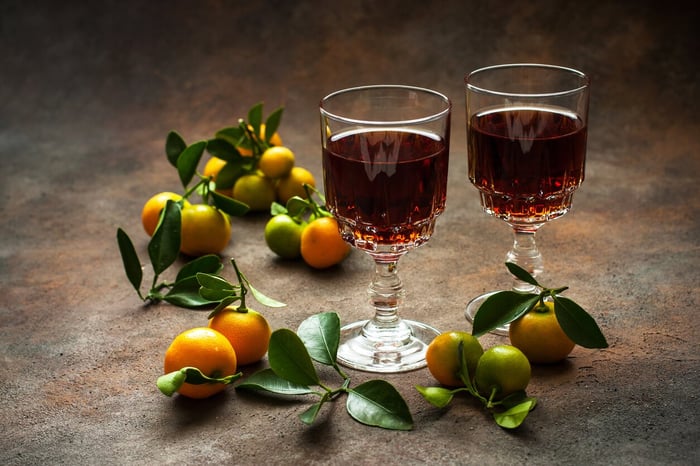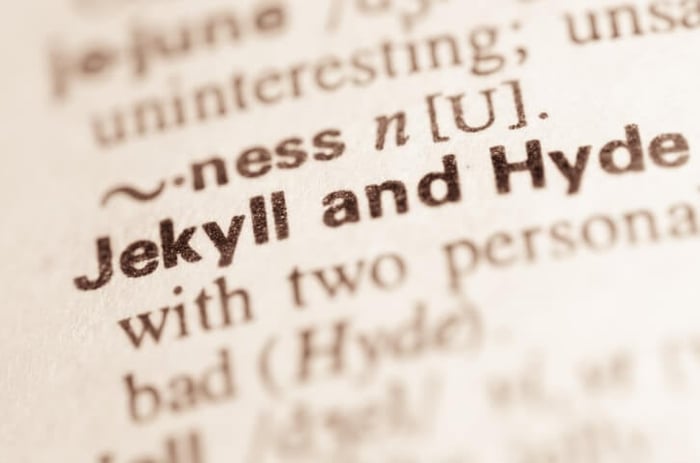
Why Does Champagne Fizz?
In its most prosaic, scientific form, the bubbles in Champagne are simply CO2 – Carbon Dioxide. It’s the same gas that creates bubbles in prosecco, beer and even coke – where the gas is injected as if using a giant soda stream. How the bubbles get into Champagne, though, is far more romantic.
The Myth of Dom Pérignon
It all started in the 18th century with a French monk called Dom Pérignon. For centuries the winemakers of Champagne had tried, without success, to better their Burgundian cousins in the production of high quality, still, red wine.
Unfortunately, the climate was against them.
As the most northerly vineyards in France, the region is slightly cooler than Burgundy. Fermentation of the grapes harvested in autumn would prematurely stop as the temperature dropped in winter. After this brief sojourn, the dormant yeast cells would restart fermenting in spring, adding bubbles to the wine and often leading to exploding bottles.
The result? Fizzy red wine bombs. Not a particularly appealing proposition.
Popular myth has it that Dom Pérignon was dedicated to producing the best wine, and in his search for perfection he created Champagne: "Come Quickly, I am tasting the stars!" – and all that. In fact, he was trying to eradicate the fizz.

Yet there is much in modern Champagne for which we must thank Dom Perignon – close pruning to improve quality, regular harvesting to select the ripest grapes, smaller baskets to reduce crushing, blending after pressing to improve taste, and a method to make white wine from black skinned grapes.
So here we have a clear, white, blended wine, yet the problem of exploding bottles persists. To find the solution we need to cross the Channel.
An English Influence
Although not winemakers at the time, the English made cider – the process and problems were similar. Secondary fermentation and exploding bottles were messing up English cellars too.
Sir Kenelm Digby is credited with the patent for a bottle with an onion shaped body, a long tapering neck, a string lip at the top for tying down a cork and a punt the bottom to make the whole thing much stronger. The industrial revolution brought coal fired furnaces reliable enough to mass produce these improved bottles.
Now we have the base wine, a bottle design strong enough to withstand the pressure, and a method of mass production.
The next chapter in the story is one of fashion.
The English were the first to see the sparkle as desirable. British poet Samuel Butler penned the first reference to "brisk" Champagne in 1663 and a few years later George Farquhar wrote "Love and a Bottle" in which a character marvels at the steady stream of bubbles in his glass.
As London society took to sparkling Champagne, other European courts began to discover "bubbly". Philippe II, Duke of Orléans, became the Regent of France after the death of his uncle, Louis XIV. The young Duke served sparkling Champagne at his nightly petits soupers, sparking a craze in fashionable Paris society. The Champenois winemakers, seeing the potential, began to switch their business from still wines to sparkling.
To this point the sparkle had been an accident of secondary fermentation. The Champenois now needed to understand how to add fizz to every bottle.
Now for the Science Part
In 1662 British scientist Christopher Merret presented a paper to the Royal Society on bottling sparkling wine. Later, French scientist Jean-Antoine Chaptal presented his findings in France which popularised the understanding that the sparkle occurred because it was sealed in a bottle before fermentation was complete. In the early 19th century André François calculated how much sugar was needed to produce the perfect amount of sparkle – or mousse as the French call it.
The final piece of the puzzle was how to remove the dead yeast cells after the secondary fermentation was complete – without which sediment would be present in the bottom of the bottle.

To solve the problem, Madame Clicquot (of Veuve Cliquot fame) developed the process of riddling. The technique involves collecting the sediment in the neck of the bottle and using the pressure of the wine to eject just the sediment. At first Madame Cliquot tried to keep this technique a secret but by the late 1820s the secret was out, and riddling became commonplace.
From that point onwards modern, clear, sparkling Champagne without risk of explosion became available to the world.
This method of secondary fermentation gives a distinctive, perpetual fizz – too fast and the bubbles are large and flabby and tend to flatten – taken slowly the resulting wine has fine, delicate bubbles which seemingly last forever.
Now that's something well worth raising a glass too! Cheers.




